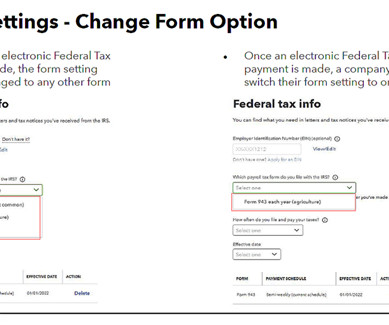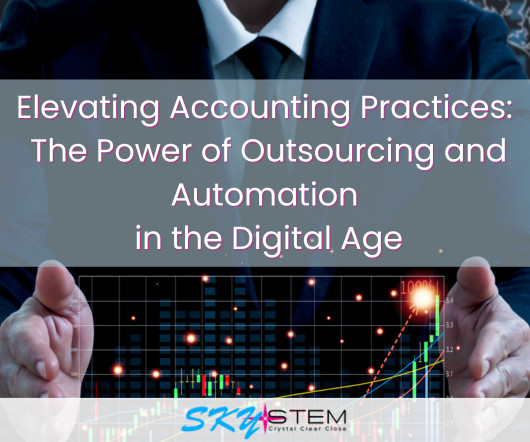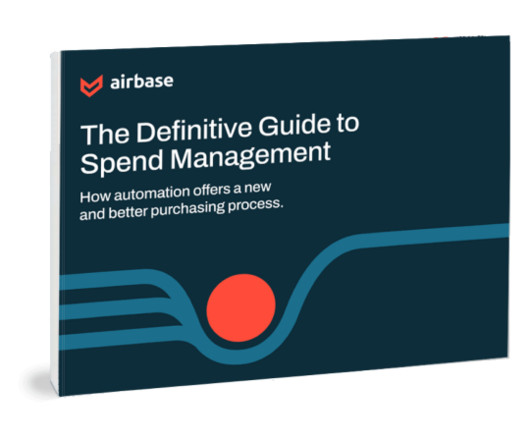Aotearoa New Zealand’s $7.8 billion digitalisation opportunity
Xero
MAY 14, 2023
When it comes to productivity, it’s no secret Aotearoa New Zealand lags heavily behind our OECD counterparts. In fact, our recent research shows Kiwis would need to work 20 percent more to reach the average OECD GDP output. For Kiwis working a 40-hour work week, this is equivalent to working an extra day per week to make up the labour productivity gap – and that’s just to reach the average productivity mark.









































Let's personalize your content